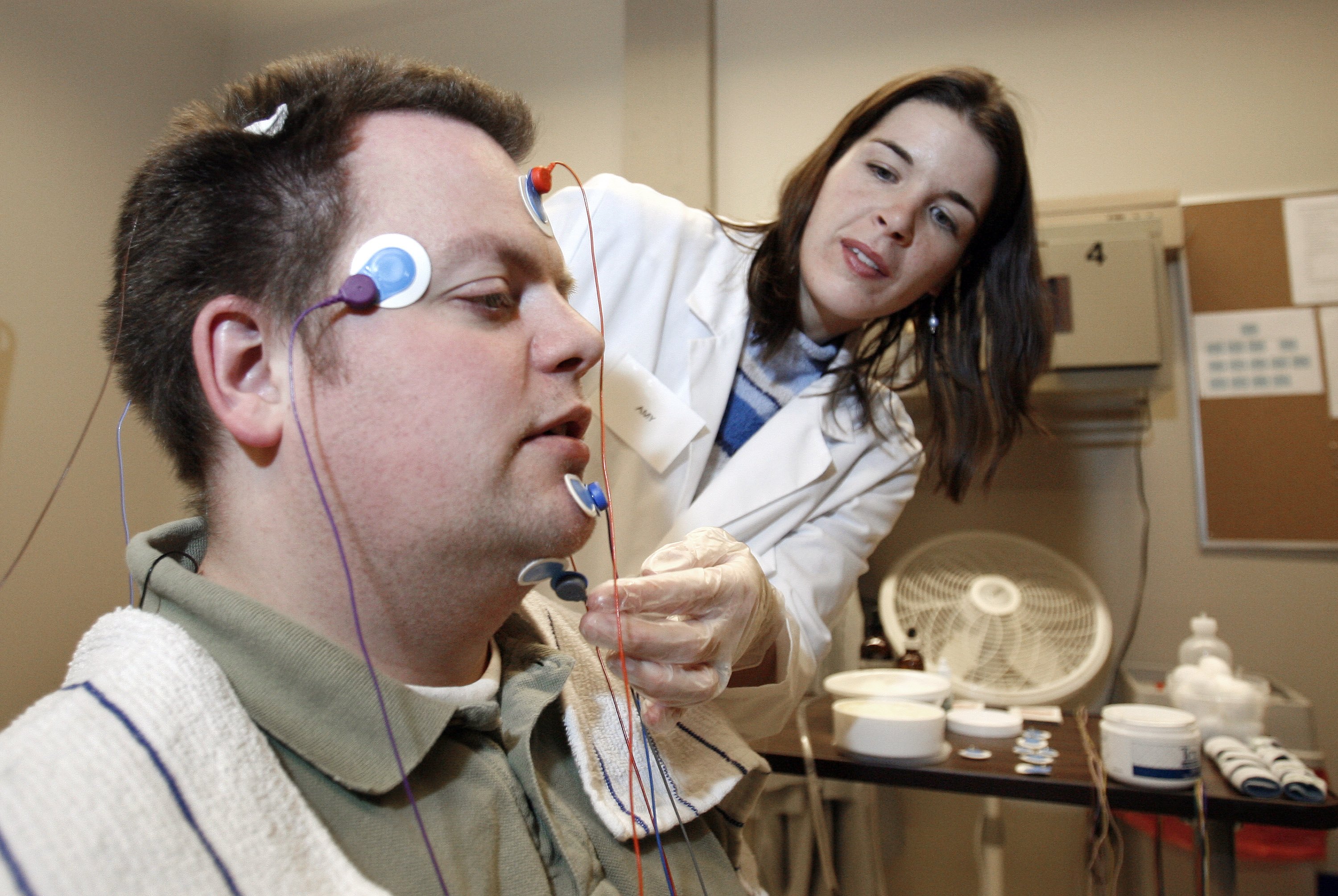- You can make thousands of dollars by donating some time or body parts to science.
- But these procedures are not all painless, and not everyone can participate.
NASA is recruiting volunteers to spend two months in bed.
The research, which is taking place in Germany, is part of a study into how artificial gravity might affect the body. Participants will be paid €16,500 ($18,500), but the process isn’t as easy as it sounds. The 24 people selected for will spend 60 days laying down, with all experiments, meals, and leisure activities done while horizontal.
The experiment, however, is just one of many ways you can get paid for helping out with scientific research. If you want to aid the science community (and potentially save some lives) there are some unconventional yet potentially lucrative steps you can take.
Below is a short list, though be warned: these strategies aren’t all easy money.
Lie in bed for 60 days straight as part of NASA research

Payout: $18,500
NASA will pay you to stay in bed.
But there's a catch: you have to remain there for 60 days, 24 hours a day. Bed-rest studies help NASA researchers see some of the changes that an astronaut's body goes through due to the weightlessness of space flight.
If you're interested in applying, you can learn more about the current joint European Space Agency/NASA bed rest study here. The researchers are still looking for participants (especially women) to participate in their fall 2019 class, but you need to speak German for this one.
Getting paid to lay down for a few months may sound like easy money, but keep in mind that the selection committee is looking for participants that possess the physical and psychological traits of a real astronaut. You'll have to keep your head tilted down six degrees at all times while you lay there, even when you're washing, eating, and using the toilet.
As Roni Cromwell, a senior scientist who's done bed rest studies for NASA before told Forbes: "We want to make sure we select people who are mentally ready to spend [two months] in bed. Not everyone is comfortable with that. Not every type of person can tolerate an extended time in bed."
Sell your blood plasma.

Payout (per donation): around $50
Plasma is the largest component in human blood. It's a protein-rich liquid that contains mostly water but is also filled with enzymes, antibodies, and salts. This gooey, sticky yellow-ish stuff can be used to create therapies that treat people with blood clotting disorders, autoimmune diseases, and even burn victims. Donating plasma is often called "the gift of life," according to DonatingPlasma.org, since treatments for some conditions can't be made synthetically, and require this human contribution.
During plasma donation, blood is drawn and an automated machine separates the plasma from other blood components, which are returned to the donor. Plasma donation pay varies from site to site, but the average payout is typically around $50 per donation. You can donate safely roughly once a month, according to the American Red Cross, and a typical session takes less than two hours. To find a licensed and certified plasma center, click here.
Sell your poop.

Payout (per donation): $40
It may sound gross, but donating what you'd normally flush down the toilet can provide a welcome boost for someone else's microbiome.
Researchers at the non-profit stool bank Open Biome in Massachusetts collect and freeze fecal samples to help patients dealing with potentially deadly C. Difficile infections. Patients with "C. Diff," as it's often called, suffer from an inflamed colon, and their condition is often resistant to antibiotics. But recently researchers have figured out they can jump-start the sick guts of C. Diff sufferers using poop injections from super-healthy people.
There are a couple of caveats to be aware of here, though: the project is for Bostonians, since you have to live near the Open Biome lab in Cambridge. To participate, you have to be available to drop off your (ahem) donations there at least three times a week for 60 days. And you need to be really healthy and fit: the Open Biome centers only accept around 4% of applicants, according to the Washington Post.
Women: Donate your eggs.

Payout (per donation): usually $8,000 to $14,000
Egg donation allows women whose ovaries do not produce healthy eggs to become pregnant using another woman's donated eggs. In the United States, The American Society of Reproductive Medicine used to suggest it was "not appropriate" for women to be paid more than $10,000 for their eggs, but in 2016, the ASRM scrapped that guideline as part of a federal anti-trust settlement.
At the NYU Langone Fertility Center in New York City, the compensation per egg donation cycle today is exactly $10,000, and includes a free medical screening. Weill Cornell Medicine outlines the standard steps for egg donation, which requires about a four-week time commitment.
During the donation cycle, patients are injected with fertility drugs so that their ovaries make more eggs. (Eligible women are generally between the ages of 21 and 35.) The egg retrieval procedure takes about 20 minutes, but may require several days of recovery.
Women should be aware of the risks involved in the egg donation process before signing up. Complications can include health problems like long-term abnormal tissue growth outside the uterus (endometriosis), moodiness, infection, kidney damage, and in rare cases, death. Donating eggs might even cause cancer, though scientists say it will take decades to determine for sure whether there's a link.
And of course, since children born from donated eggs will share common DNA with their donor, women who donate should also be aware that the children they help create may some day want to reach out and make contact.
Men: Donate your sperm.
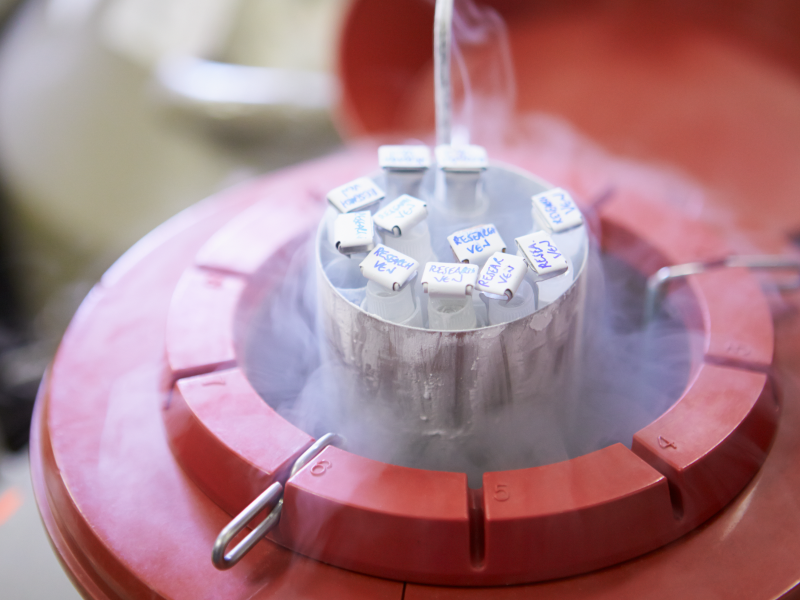
Payout (per donation): typically $35-$125
Donating sperm, of course, is a much easier and less risky than egg donation. Men are paid anywhere from $35 to $125 per donation, according to SpermBankDirectory.com and The Sperm Bank of California.
Many programs require a six-month or one-year donation commitment. Manhattan Cryobank say it pays donors $1,500 a month for their sperm.
Generally, sperm banks are a picky about donors. They're looking for men who are healthy, relatively tall (usually at least 5'7"), young (under 40), and educated.
Sperm donors should bear in mind that even if they choose to donate anonymously, sperm donation is never really 100% incognito. Your DNA always knows who you are, and with the rise of more DNA testing services, your offspring could one day reach out.
Become a surrogate mother by carrying a baby in your womb.

Payout: $24,000-$45,000
Women who carry a baby for another couple can make quite a large chunk of cash for the nine-month incubation, known as a "gestational surrogacy."
But enlisting and paying for a surrogate mother is not legal everywhere. State laws around surrogacy in the US are complicated and contradictory. In New York and in Michigan, there's a ban on surrogacy contracts, and you can serve jail time or pay hefty fines for going through with one. Some lawmakers - like new York Governor Andrew Cuomo - are pushing to change those rules, though.
Washington state made it legal to pay someone outright to carry a baby in 2018, while California has allowed surrogacy since 2013.
Sign up for a paid clinical trials.
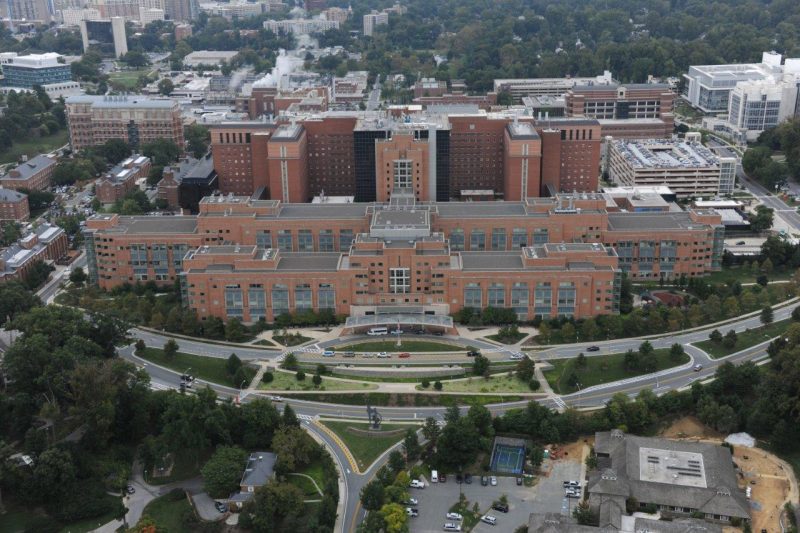
Payout: Varies by program
The National Institute for Health runs a searchable database, ClincalTrials.gov, for human clinical studies around the world. Participants may be guinea pigs for new medical products, like drugs to treat high blood pressure, or they take part in observational research, like a study that records the effects of different lifestyles on heart health.
Subjects are generally paid to be a part of clinical trials, and most of the time, the bigger the risk, the bigger the reward.
If you do decide to enroll in a study, choose wisely and carefully because not all of the studies on the site are regulated or evaluated for safety by the US Food and Drug Administration.
Enroll in a psychological study.
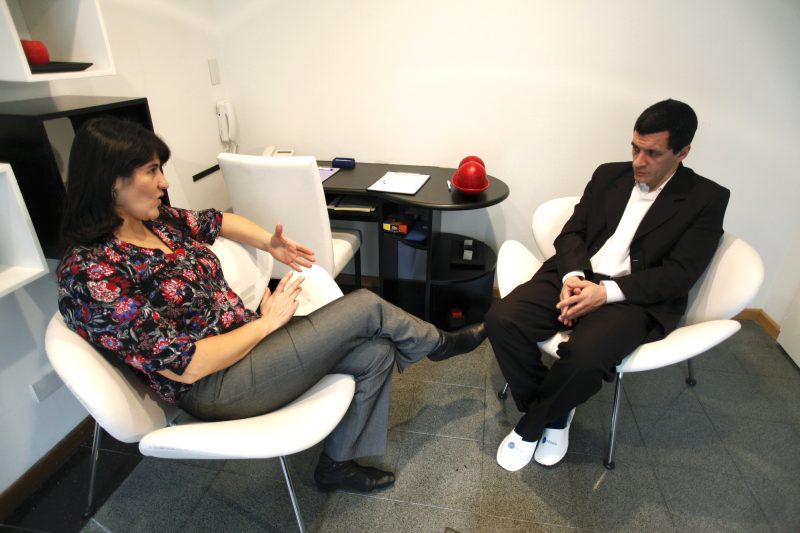
Payout: Varies by program
Paid psychological studies, such as those that examine human behavior and brain function, may not generate as high of a return as clinical trials, but they are generally lower risk and require a shorter time commitment.
Most research universities keep an online database of studies so people can easily sign up. For example, here's a list of the most recent paid research studies offered by New York University. You can make $10 to identify some colors or $130 to get some "mild shocks to the wrist" and dip your arm into an ice water bath.
Give your dead body to science.
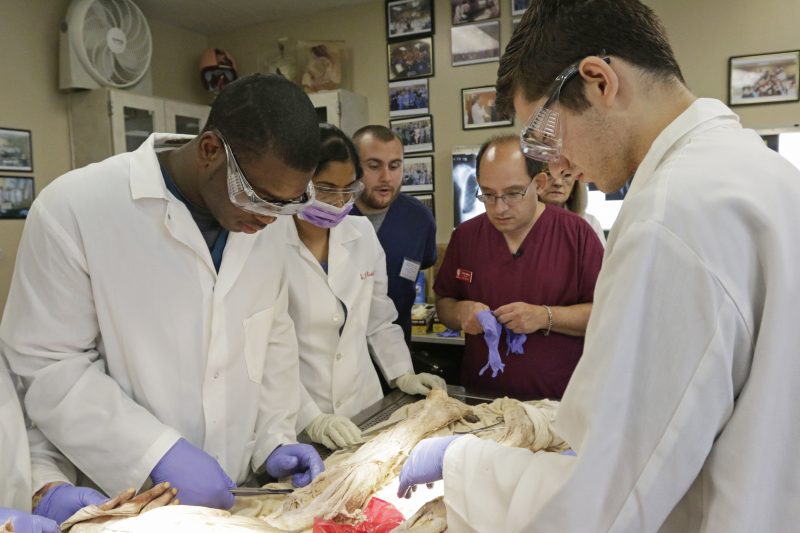
Payout: A free cremation
This last idea is sort of morbid, but if you're worried about being a bother when you're dead, you can donate your body to science. This helps with a variety of types of research and education.
Places like BioGift and Science Care will cover the costs of cremation, which can run upwards of $1,000.
